Wild gardens have become increasingly popular in recent years as more people aim to create natural, biodiverse spaces in their outdoor areas. Unlike traditional, manicured gardens, wild gardens embrace a more natural, unstructured aesthetic and provide a haven for local wildlife.
One great way to add vibrancy and diversity to your wild garden is by incorporating annual plants. With their ability to bring a burst of colour and life to your garden throughout the growing season, carefully chosen annuals can enhance the beauty and ecology of your wild space.
Annual plants for wild gardens are a fantastic way to draw pollinators and other beneficial wildlife to your garden while creating lovely splashes of colour amongst your native plants. In this article, we’ll explore how to select, plant, and care for annuals to incorporate them successfully into your wild garden.
You might also be interested in: Perennials for Wild Gardens
Top Annual Plants for Wild Gardens
1. Cornflower
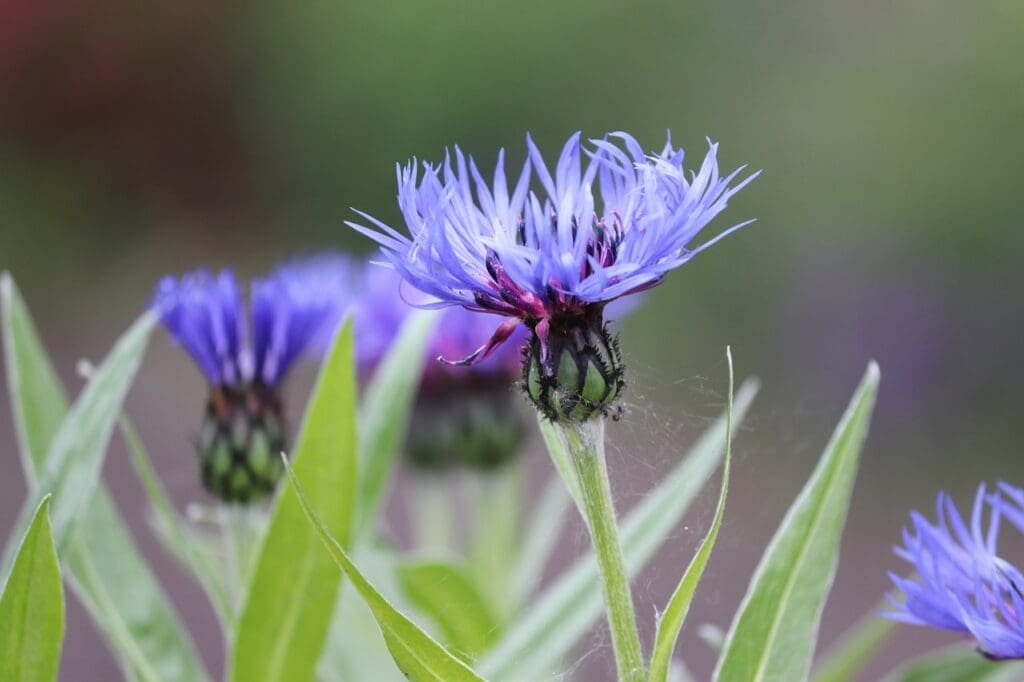
With their vibrant blue blooms and natural reseeding habits, cornflowers are perfectly suited for wild gardens. These hardy annuals self sow readily to provide a lovely haze of colour year after year. Cornflowers attract various pollinators while also making beautiful cut flowers.
2. Poppy
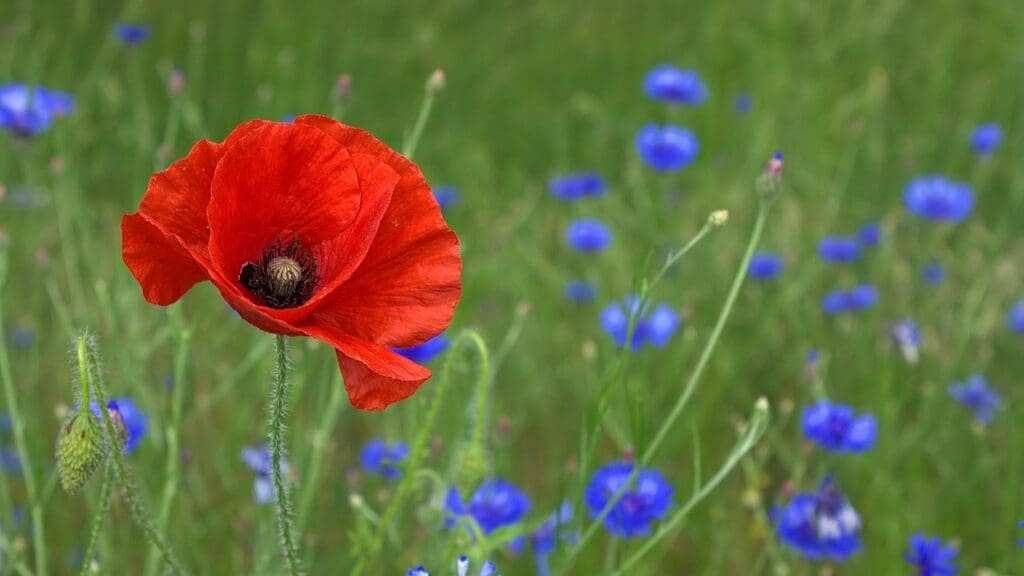
Papery poppy flowers in red, orange, yellow, and white bloom early to mid-summer on delicate plants. Choose poppy varieties like Shirley poppies that readily self-seed for continued enjoyment in your wild garden. Poppies sprout in early spring to bring welcome colour.
3. Cosmos
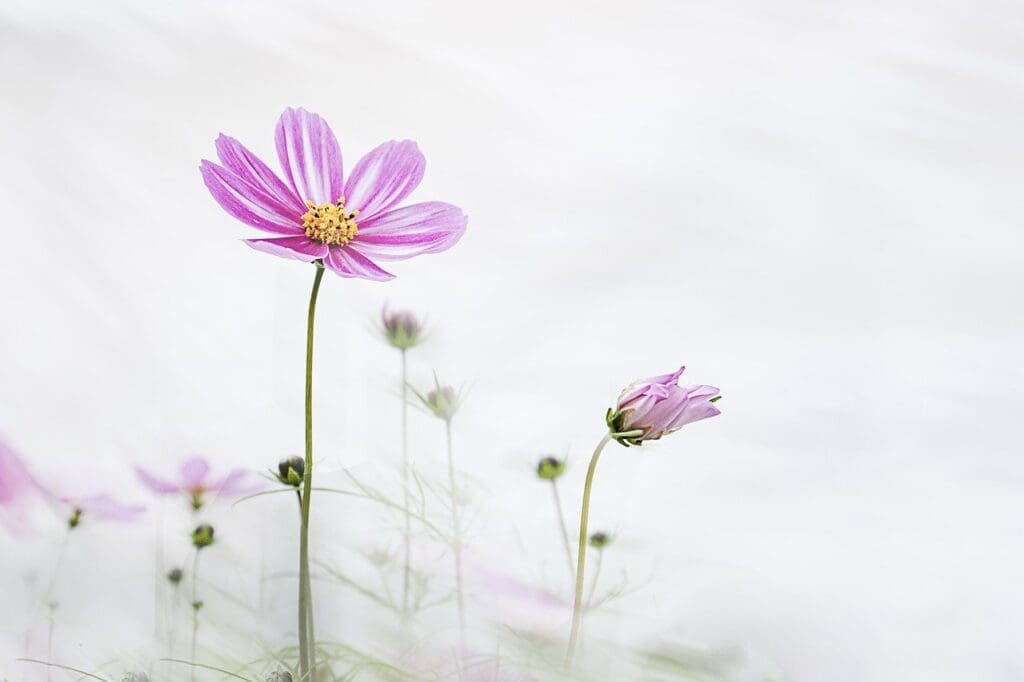
A favourite for wildflower meadows, cosmos come in bright pink, purple, and white blooms with contrasting yellow centres. The daisy-like flowers bloom summer through fall and attract butterflies and bees. Taller cosmos provide great backdrops for shorter wild garden plants.
4. Zinnias
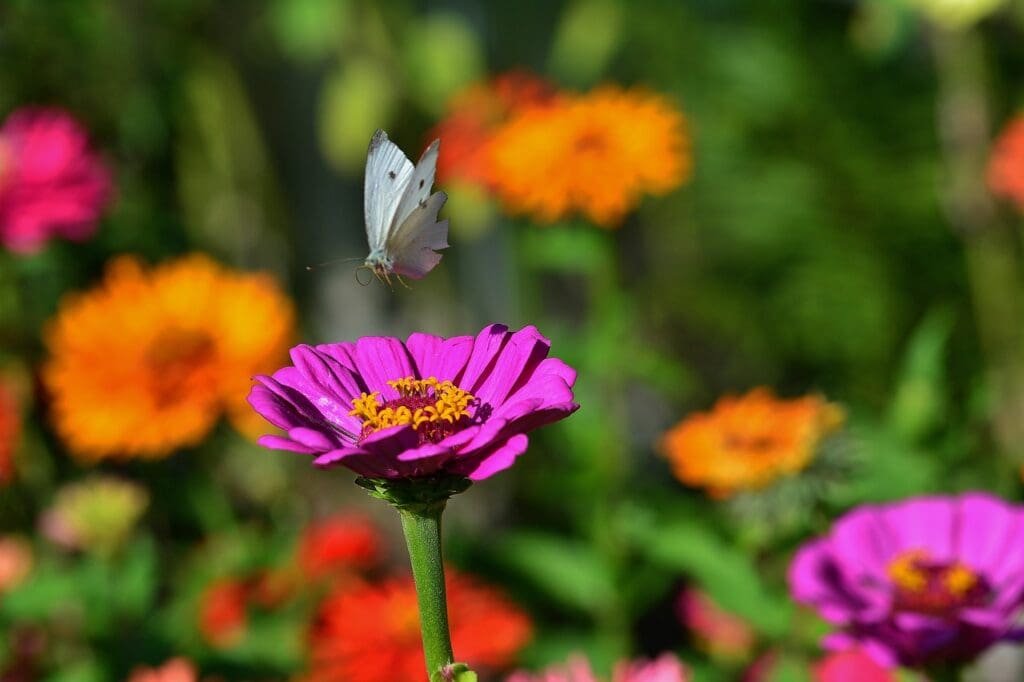
Available in almost every colour, zinnias bring constant colour to wild gardens from mid-summer until the first frost. These heat and drought-tolerant annuals are perfect for hot, sunny spaces. Their diversity of blossom shapes and sizes means food and habitat for various pollinators.
5. Marigolds
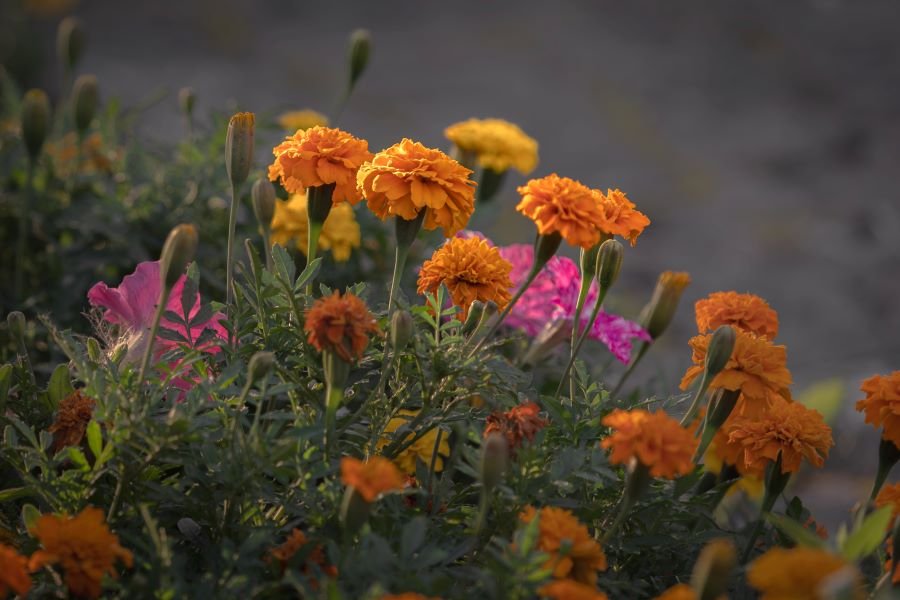
Marigolds produce non-stop blooms in shades of yellow, gold, orange and cream on compact plants. They deter pests, attract pollinators, and require little care in low fertility soils. Cheerful marigolds pair beautifully with wild grasses and self-sow freely.
6. Sunflowers
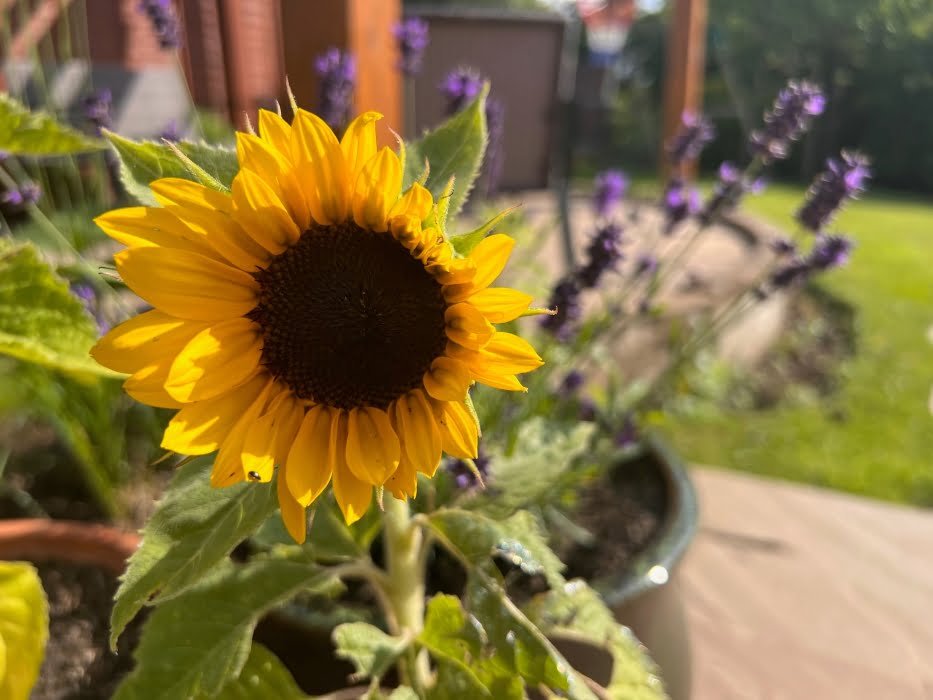
A must for any wild garden, sunflowers provide food and shelter for birds and bees. Miniature varieties work well in small spaces while giant sunflower cultivars make dramatic accent plants. Their late summer blooms and seed heads also feed finches in winter.
7. Sweet Pea
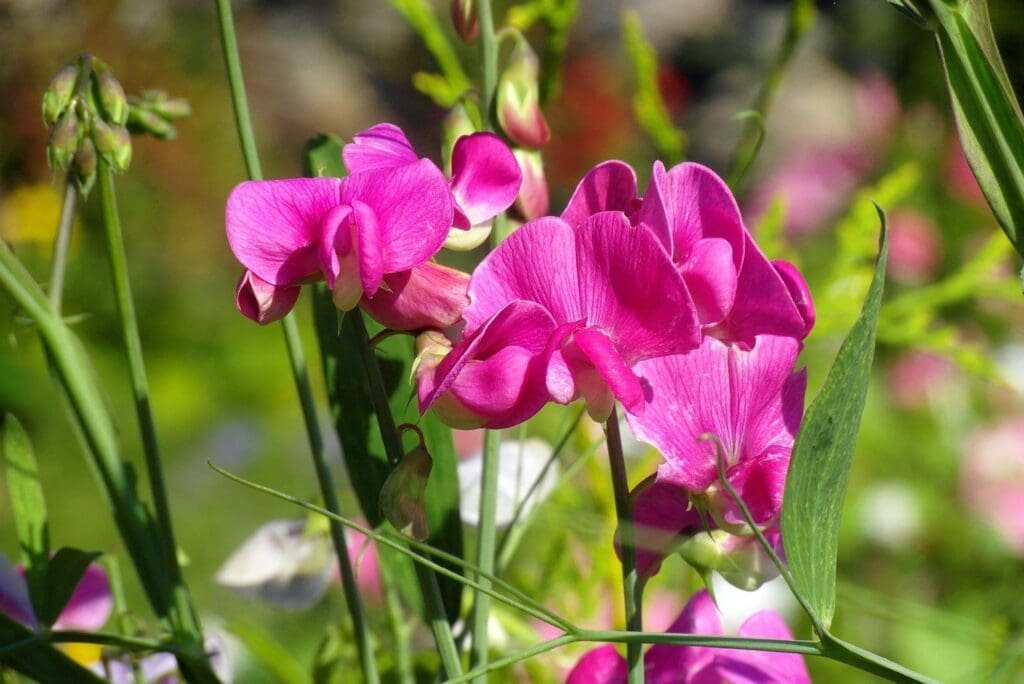
Known for their incredibly fragrant blooms, sweet peas climb trellises to add vertical beauty to wild gardens. Old-fashioned heirloom varieties self-seed to produce more of these gorgeous spring-blooming annual vines. Sweet peas attract bees and butterflies.
8. Snapdragon
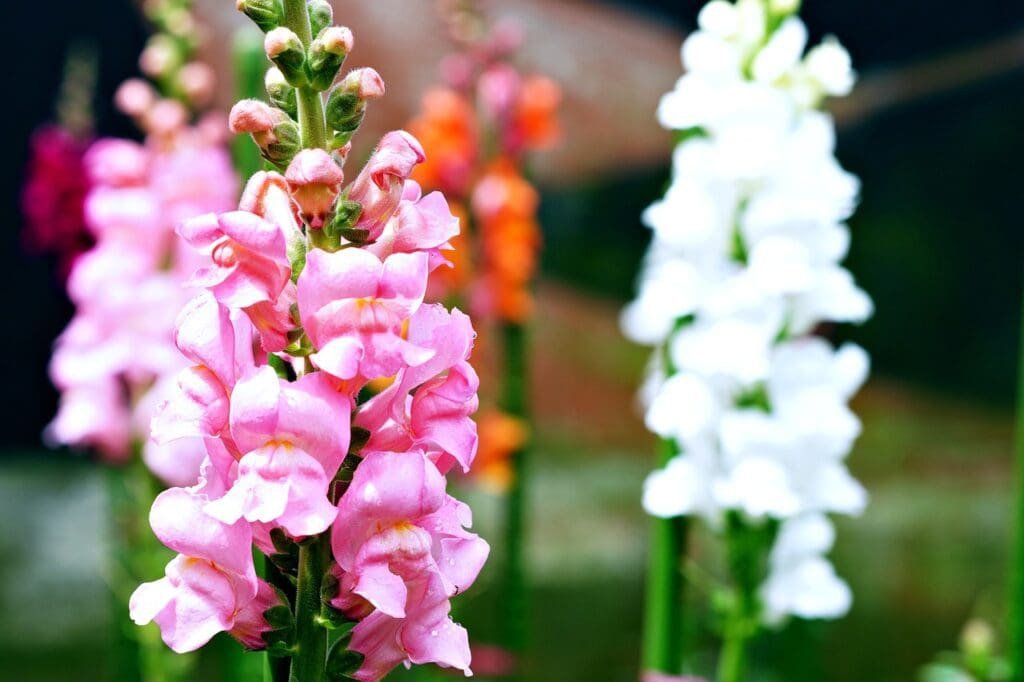
Snapdragons add a unique look to wild gardens with their open-mouthed tubular flowers. Ranging from dwarf types to tall border varieties, their colours include white, pink, red, yellow and orchid. Snapdragons will happily self-sow in garden beds or rock gardens.
Annual Plants that Attract Pollinators
Another great way to enhance biodiversity in your wild garden is to plant annuals that attract and support pollinators. Here are some top picks:
- Cosmos have daisy-like blooms in pinks, purples and whites that lure in bees, butterflies and beetles.
- Lacy blue ageratum flowers provide nectar for hummingbirds from spring until frost.
- Marigolds produce continuous bright, nectar-rich blooms beloved by hoverflies and other small pollinators.
- Zinnias come in a rainbow of colours and sizes perfect for attracting a variety of pollinating insects.
- Native sunflowers support bees and birds with their copious seeds and pollen. Plant mini varieties for small spaces.
- Scarlet sage blooms add vibrant colour while providing fuel for hungry hummingbirds during migration.
Including a diverse mix of annuals that offer pollen and nectar throughout the growing season is key to supporting pollinators. Avoid pesticides and provide host plants for caterpillars to create a truly pollinator-friendly habitat. Your wild garden will be buzzing with life and activity!
Choosing the Right Annual Plants for Wild Gardens
When selecting annual plants for wild gardens, the first step is getting to know your garden environment. Consider factors like sunlight exposure, soil type, and moisture levels to determine which annuals will thrive.
Here are some tips for choosing the best annual plants:
- Opt for annuals native to your region. Native plants are best suited to local growing conditions and provide essential food and habitat for native wildlife. Ask at your local garden centre for annuals endemic to your area.
- Select plants with varying bloom times. Choosing annuals that flower in succession will give you a continuous blossom display throughout the season. Mix early bloomers like California poppies with mid-summer flowers such as cosmos.
- Consider height and texture. Incorporate tall, medium, and short annuals with different flower shapes and foliage textures for visual interest. Spiky foxglove towers over mounding sweet alyssum.
- Match plants to sun exposure. Place sun-lovers like zinnias where they’ll get 6+ hours of sunlight. Shade-tolerant impatiens thrive under trees or on the north side of buildings.
- Choose annuals suitable for your soil. Well-draining, sandy soil suits drought-resistant portulaca while moisture-loving bachelor’s buttons grow best in loamy soil.
Planting and Caring for Annual Plants in Wild Gardens
Once you’ve selected your annuals, it’s time to plant them in your wild garden. Here’s how to get them established and provide proper care:
Prepare the planting site by removing weeds and improving the soil with compost if needed. For a natural look, plant annuals in drifts and clumps rather than uniform rows. Space plants according to their mature size, allowing enough room for growth.
Check the plant tag or seed packet for the recommended planting depth and gently firm soil around the roots or seeds. Water thoroughly after planting.
Most annuals are not heavy feeders, but a light application of slow-release organic fertilizer at planting time will help fuel growth. Reapply mid-season if plants look stunted.
The watering needs of annuals can vary widely. Provide sufficient water to keep the soil consistently moist but not saturated. Allow the soil to dry slightly between waterings.
Apply an organic mulch like wood chips around annuals to help retain soil moisture and reduce weeds. Just be careful not to pile mulch up against the stems.
Deadheading spent blooms by pinching or cutting them off promotes continuous flowering on many annuals. It also prevents unwanted self-seeding.
Design Ideas for Incorporating Annual Plants into Wild Gardens
There are endless creative possibilities when it comes to integrating annuals into wild garden designs. Here are a few ideas to get you inspired:
- Create a wildflower meadow. Scatter annual seeds like cornflowers, poppies and tickseed over a large area for a colourful naturalistic effect. Include some native grasses for vertical contrast.
- Line pathways or garden borders with low-growing annuals like sweet alyssum or verbena. They’ll softly frame the edges while attracting bees and butterflies.
- Use climbing annuals like morning glories or hyacinth bean vines to cover unsightly features like fences or sheds with green foliage and bright blooms. Provide trellising for support.
- Fill empty spaces between larger plants with compact annuals like lobelia, portulaca and geraniums for a fuller look. They’ll also prevent weeds.
- Tuck heat-loving annuals like zinnias and marigolds into any hot, dry spots that are difficult for other plants to thrive in.
- Surround garden water features or containers with moisture-loving impatiens or coleus. Their colourful foliage will complement the water.
Frequently Asked Questions About Annuals in Wild Gardens
Q. What are some of the most popular annual plants for wild gardens?
Some of the best annuals for wild gardens include native wildflowers like cosmos, sunflowers, California poppies and cardinal flowers. Non-native annuals that attract pollinators and add colour include zinnias, marigolds, cleome, petunias and snapdragons.
Q. How can I create a low-maintenance wild garden?
Use native plants suited to your region, include perennials along with self-sowing annuals, plant in drifts to suppress weeds, mulch beds to retain moisture, and avoid pesticides. Be willing to accept some self-seeding and adapt to what thrives in your wild garden.
Q. What steps can I take to attract wildlife to my wild garden?
Provide food sources like seedheads and nectar-rich flowers, ensure access to clean water, offer shelter and nesting spots, avoid chemicals, include host plants for caterpillars, and create a balanced ecosystem with plants of varying heights and types.
Q. How do I control weeds in my wild garden without using herbicides?
Spread mulch to smother weeds, hand pull unwanted plants, hoe regularly to disrupt growth, plant densely to outcompete weeds, and tolerate some weeds as part of the natural ecosystem. Vinegar can be spot applied for more stubborn weeds.
Q. What are some tips for maintaining a wild garden through the year?
Leave seedheads for winter interest. Cut back perennials in fall but leave some for wildlife shelter. Scatter annual wildflower seeds in fall for early spring blooms. Prune overgrown shrubs in early spring. Weed and divide plants as needed in spring and fall.
Final thoughts
Creating a vibrant wild garden filled with annual plants allows you to change up the look each year and provide essential food and habitat for local fauna. Select annuals suited to your environment, plant them in drifts among your perennial plants, and provide basic care for a stunning natural space.
